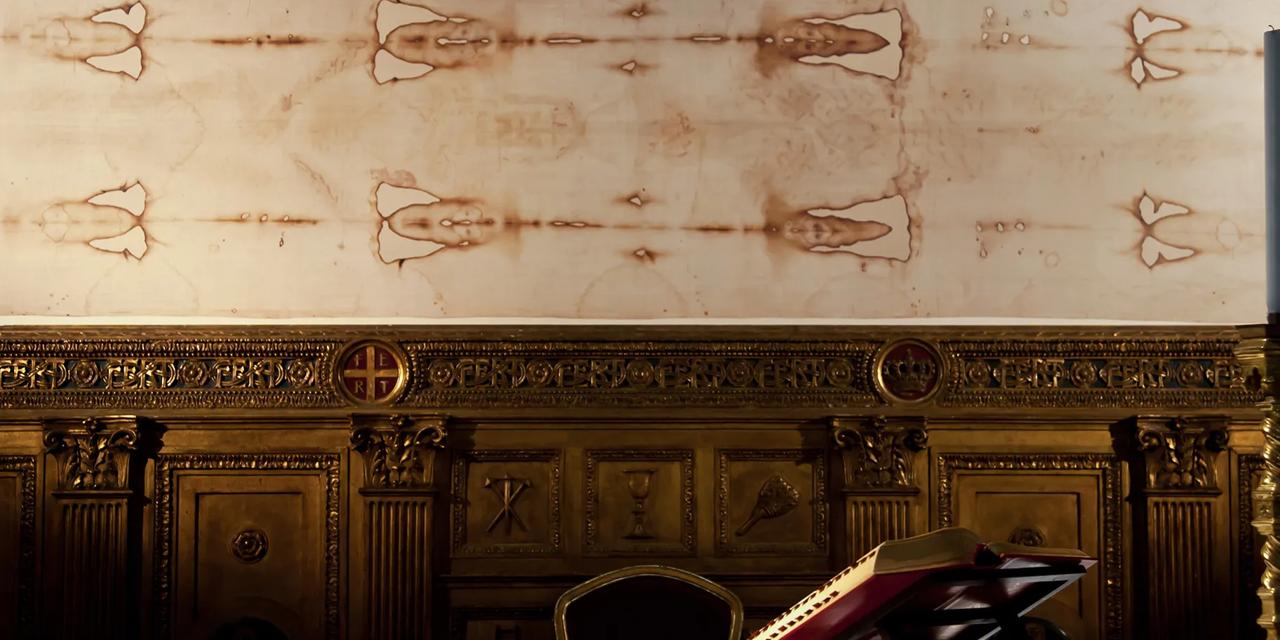
A valuable forgery
Carbon dating confirms that the shroud is between 6 and 7 centuries old. A respectable age, but it doesn’t match the time of Christ’s death. Thanks to technological progress, researchers are able to indicate the origin of the cloth more accurately than ever. The discussion around the shroud first flared up at the end of the 19th century, when more precise photography techniques were introduced. The shroud appeared to show the imprint of a man with injuries consistent with what we know about crucifixions. It is still not clear how the imprint was created.
Wild theories
One of the most fascinating explanations for the imprint on the canvas is that Leonardo da Vinci created it. The 15th-century genius would have used a camera obscura and silver phosphate to produce a negative, using himself as a model. According to another theory, the canvas was not the shroud of Jesus but that of Jacques de Molay, the last Grand Master of the Knights Templar. He also met with a miserable death, at a time that was consistent with the carbon dating. Both theories remain nothing but speculation.















